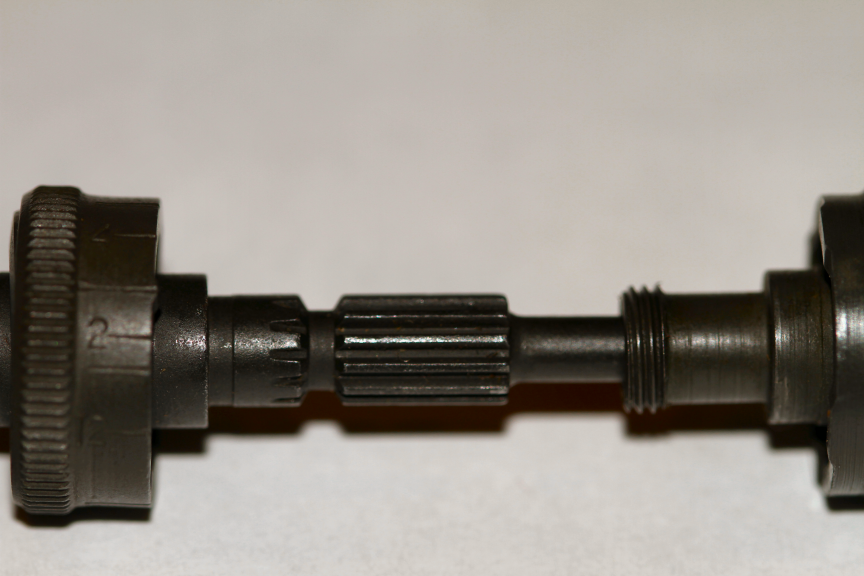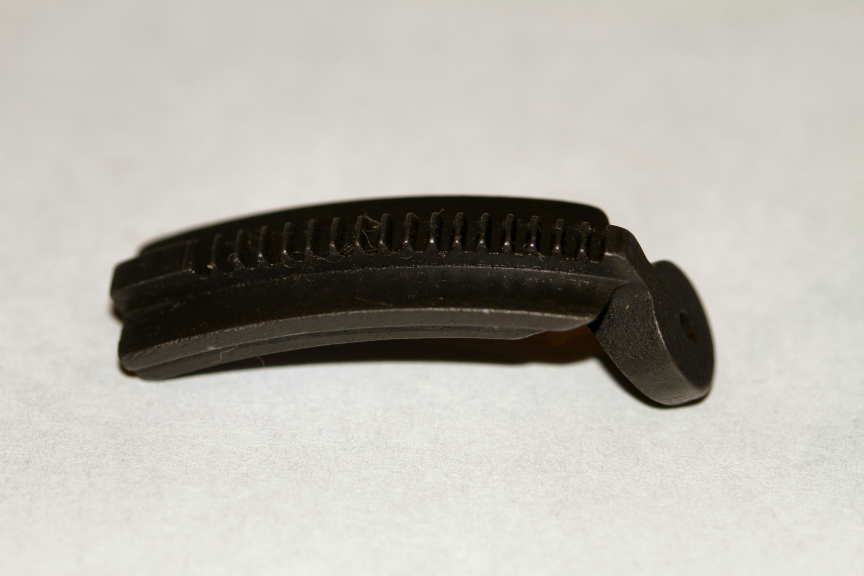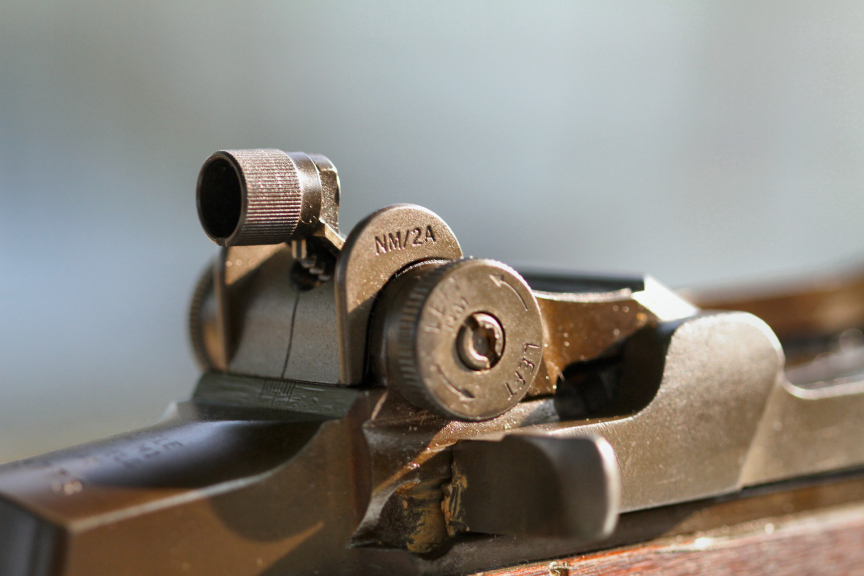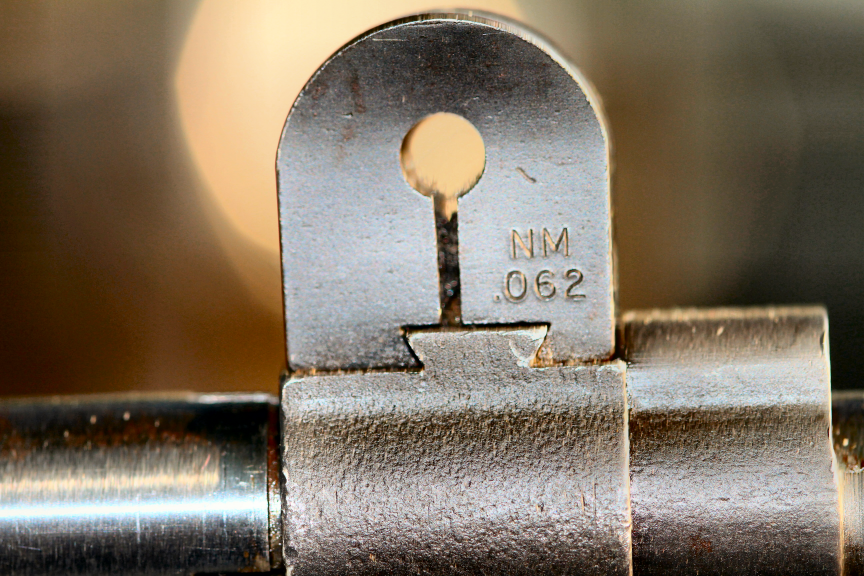Hello All,
While field stripping my M1 Garand yesterday, I noticed that the rear sight aperture does not retract below the plane of the rear sight housing bars (not sure what the bars on each side of the aperture are called) I assume to protect the aperture. I noticed this when I placed the rifle on its sights, on a hard surface, it will rock, should the rear aperture retract lower?
Thanks,
Doug
While field stripping my M1 Garand yesterday, I noticed that the rear sight aperture does not retract below the plane of the rear sight housing bars (not sure what the bars on each side of the aperture are called) I assume to protect the aperture. I noticed this when I placed the rifle on its sights, on a hard surface, it will rock, should the rear aperture retract lower?
Thanks,
Doug
Attachments
Last edited:






